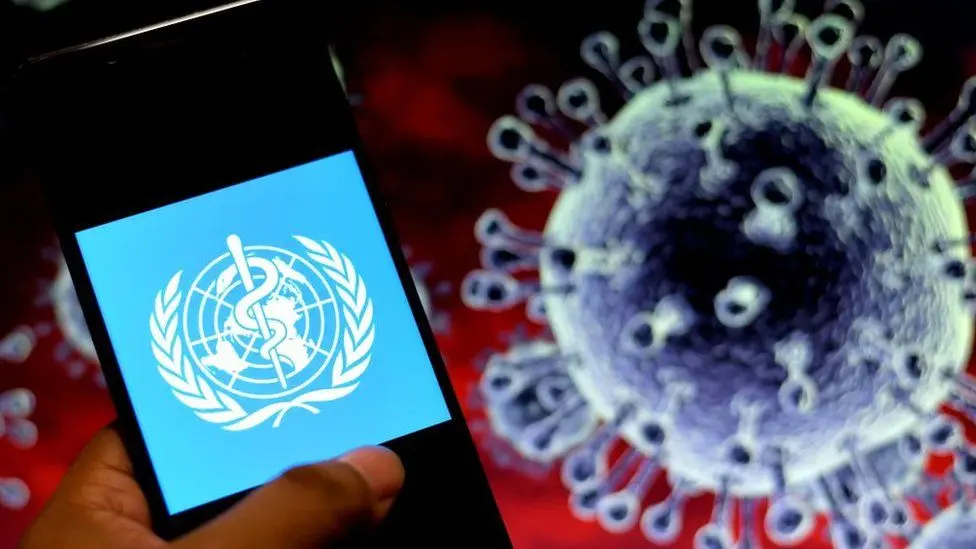Wissal Khlifi: Department of Research, Strategic Studies and International Relations 16-08-2024
The World Health Organization (WHO) has raised its alert level to the highest for the viral disease mpox due to its rapid spread across Africa.
For the second time since 2022, mpox has been classified as a global health emergency as the virus continues to spread rapidly throughout Africa, posing a risk of reaching other continents.
On Wednesday, the WHO elevated its alert to the highest level, reporting over 14,000 cases and 524 deaths in Africa this year, surpassing last year’s totals.
This decision follows a public health emergency declaration by the Africa Centers for Disease Control and Prevention (CDC) regarding mpox.
But what exactly is mpox, how is it transmitted, and how does the current outbreak compare to previous ones?
Here’s what you need to know:
What is mpox?
Mpox is a viral infection that can affect both humans and animals.
It is part of the Orthopoxvirus genus, a group of viruses known to cause pox-like diseases, typically characterized by a rash with raised bumps or blisters. These lesions are often filled with fluid or pus and can eventually crust over and heal.
Mpox shares similarities with smallpox, now eradicated, as well as with other poxviruses like cowpox and vaccinia.
Originally named “monkeypox” after being identified in monkeys in 1958, the first human case was reported in 1970 in a nine-month-old boy in the Democratic Republic of Congo. In 2022, the WHO recommended renaming it “mpox” to reduce stigma, as the disease also infects rodents and humans.
Why has mpox been declared a global emergency?
The WHO declared mpox a public health emergency of international concern (PHEIC) on Wednesday, its highest level of alert, due to the discovery of a new variant and cases emerging in countries like Kenya and Rwanda for the first time.
WHO Director-General Tedros Adhanom Ghebreyesus expressed concern about the virus’s further spread within and beyond Africa, following a meeting of the United Nations health agency’s emergency committee.
A WHO emergency declaration is intended to mobilize resources and prompt action from donor agencies and countries.
“There is a real attempt right now to mobilize resources, which is why WHO called for the public health emergency now,” said Amita Gupta, director of the Division of Infectious Diseases at the Johns Hopkins School of Medicine.
The WHO had previously declared mpox a global health emergency in July 2022 when the virus began spreading through sexual contact and was detected in over 70 countries. The emergency status was lifted in May 2023 after cases declined.
Where has mpox spread?
As of last week, the Africa CDC reported that mpox has been detected in at least 13 African nations. Cases have increased by 160 percent and deaths by 19 percent compared to the same period last year.
Over 96 percent of cases have occurred in Congo, where a new variant causing milder symptoms and genital lesions was recently identified. This variant is harder to detect, increasing the risk of transmission by those unaware of their infection.
“There is limited international travel to and from the DRC, so the risk of global spread has been low. However, if the virus spreads more widely in Africa, global concerns will rise,” Gupta told Al Jazeera.
While the 2022 outbreak was driven by clade II of mpox, the current outbreak involves clade I, which is potentially more lethal, according to Otim Patrick Ramadan, Health Emergency Office at WHO regional office for Africa.
As of now, the clade I variant has not been reported outside Africa.
What are the symptoms of mpox?
Symptoms of mpox include fever, headache, muscle aches, and a distinctive rash that can appear on the face, hands, feet, and other areas. The rash eventually develops into pustules and scabs before healing.
A pustule, resembling a large pimple, is a raised bump filled with pus. Lymph nodes may also swell as the immune system attempts to combat the virus, particularly under the arms and around the neck.
In rare instances, mpox can be fatal.
The infection typically lasts two to four weeks. Symptoms may develop three to 21 days after exposure, but a person can spread the virus one to four days before symptoms manifest.
Mpox can be diagnosed by testing a fluid sample from the rash.
How is the mpox virus transmitted?
The mpox virus spreads through close contact with an infected animal or person.
Animal-to-human transmission often occurs through bites, scratches, or direct contact with the blood, body fluids, or wounds of an infected animal.
Human-to-human transmission can occur via:
– Direct contact with skin lesions, body fluids, or respiratory droplets from an infected person.
– Prolonged face-to-face exposure to an infected individual.
– Contact with contaminated objects like bedding or clothing, though this is rare.
The virus enters the body through broken skin, the respiratory tract, or mucous membranes (such as the eyes, nose, and mouth).
Is there a vaccine available?
While mild cases of mpox may resolve on their own, there are no treatments or vaccines specifically approved for it.
The antiviral drug tecovirimat (TPOXX), originally developed for smallpox, is under investigation as a treatment for mpox. The U.S. Food and Drug Administration has also approved JYNNEOS (also known as Imvamune or Imvanex), a smallpox vaccine, for severe mpox cases in adults.
However, according to Ramadan, 60 percent of mpox cases in Congo involve individuals under 18.
The CDC advises vaccination and isolation following exposure to mpox.
Gupta noted that although surveillance has improved since COVID-19, rapid diagnosis and access to alternative treatments remain limited in African nations where mpox is spreading.

